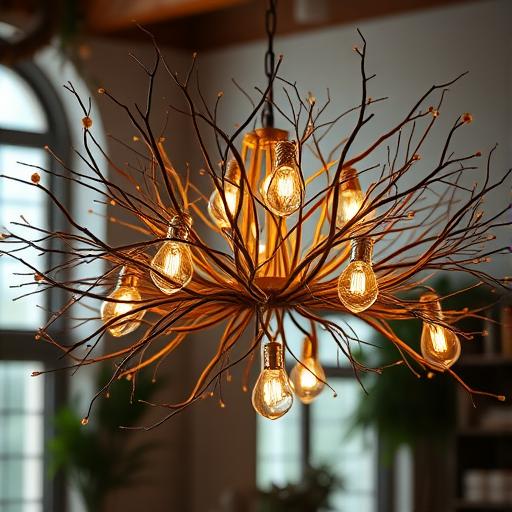The Invisible Wounds: Acknowledging Emotional Trauma
When an accident happens, the focus is immediately on the physical injuries—the broken bones, the cuts, the bruises. But the emotional and psychological impact can be just as debilitating, if not more so, creating wounds that aren’t visible to the naked eye. Anxiety, depression, fear, and even post-traumatic stress disorder (PTSD) are common companions to a personal injury, affecting your mood, sleep, and relationships. It’s important to recognize that these feelings are a valid part of the healing process.
Ignoring these emotional struggles won’t make them disappear; it can actually make recovery harder. Acknowledging your emotional state is the first step toward managing it. Talking to a friend, family member, or a mental health professional can provide a release and give you tools to cope. Remember, your mental health is a priority, and giving it the attention it deserves is a sign of strength, not weakness. 💪
The Financial Domino Effect: From Medical Bills to Lost Wages
The physical pain of an injury is often matched by the sharp sting of financial pressure. Medical bills can start piling up, from emergency room visits to ongoing physical therapy and prescription costs. When your injury prevents you from working, the loss of income creates a serious strain on your household budget, making it tough to cover everyday expenses like rent, groceries, and utilities. Seeking support from a Personal injury lawyer in Edmonton can be a critical step in understanding your options for compensation.
This sudden financial instability can feel like a punch to the gut, adding a layer of intense worry on top of your physical recovery. The stress of watching your savings dwindle while your expenses climb is a heavy burden. It’s a domino effect where one financial problem can quickly lead to another, affecting not just you but your entire family. Planning and taking control where you can is key to preventing this financial spiral.
Building Your Support System: You Don’t Have to Go It Alone
Recovering from a personal injury is not a journey you should take by yourself. Leaning on a network of supportive people is absolutely essential for both your emotional and practical needs. Your support system can include family, friends, colleagues, and neighbors who can help with meals, transportation to appointments, or simply offer a listening ear when you’re feeling overwhelmed.
Don’t be afraid to ask for help! People in your life often want to assist but may not know how. Be direct about what you need, whether it’s someone to walk your dog or just sit with you for a while. Beyond your personal circle, support groups—either online or in-person—can connect you with others who truly understand what you’re going through. Sharing experiences with people on a similar path can be incredibly validating and comforting. 🤝
Practical Steps for Financial Management After an Injury
When you’re facing a mountain of bills and a loss of income, it’s easy to feel powerless. But taking small, practical steps can help you regain a sense of control over your finances. Start by creating a detailed record of all injury-related expenses. This includes everything from medical co-pays and prescription receipts to the cost of gas for traveling to doctor’s appointments.
Next, take a close look at your household budget and identify areas where you can temporarily cut back. It may also be a good idea to speak with your bank or creditors about your situation; some may offer temporary deferments or payment plans. Exploring potential benefits like short-term disability or employment insurance can also provide a crucial financial cushion while you recover. Every little bit helps. 💰
Coping Strategies for Emotional Well-being
Actively managing your emotional health is just as important as following your doctor’s orders for physical recovery. Simple mindfulness techniques, like deep breathing exercises or meditation, can help calm an anxious mind and ground you in the present moment. Even a few minutes a day can make a big difference in reducing stress levels and promoting a sense of peace.
Try to maintain a routine as much as your injury allows. Predictability can be comforting when everything else feels uncertain. Set small, achievable goals for each day to rebuild your sense of accomplishment and purpose. Whether it’s reading a chapter of a book, making a phone call to a friend, or doing a gentle, approved stretching exercise, these small wins can boost your mood and keep you moving forward. 😊
The Role of Legal Counsel in Easing Your Burdens
Dealing with insurance companies and legal paperwork while trying to recover is an enormous source of stress. A knowledgeable personal injury lawyer acts as your advocate, handling the complex communications and negotiations on your behalf. This allows you to step back from the administrative battle and focus your energy where it’s needed most: on your healing.
A legal professional does more than just file paperwork; they work to ensure you receive fair compensation for all your losses—not just the obvious medical bills. This includes accounting for lost wages, future medical needs, and the pain and suffering you’ve endured. Having an expert in your corner can lift a massive weight off your shoulders, providing peace of mind that your financial future is being protected.
Looking Forward: Reclaiming Your Life Post-Injury
Recovery is a process, and it’s often not a straight line. There will be good days and bad days, but the goal is to keep looking ahead. Celebrate your progress, no matter how small it may seem. Getting through a physical therapy session or having a day with less pain is a victory worth acknowledging.
As you heal, you begin to reclaim parts of your life that the injury took away. It’s about finding a “new normal” and rediscovering joy in your daily activities. Be patient and kind to yourself throughout this chapter of your life. With the right support and a positive outlook, you can move beyond the pain and stress to build a bright and fulfilling future.










